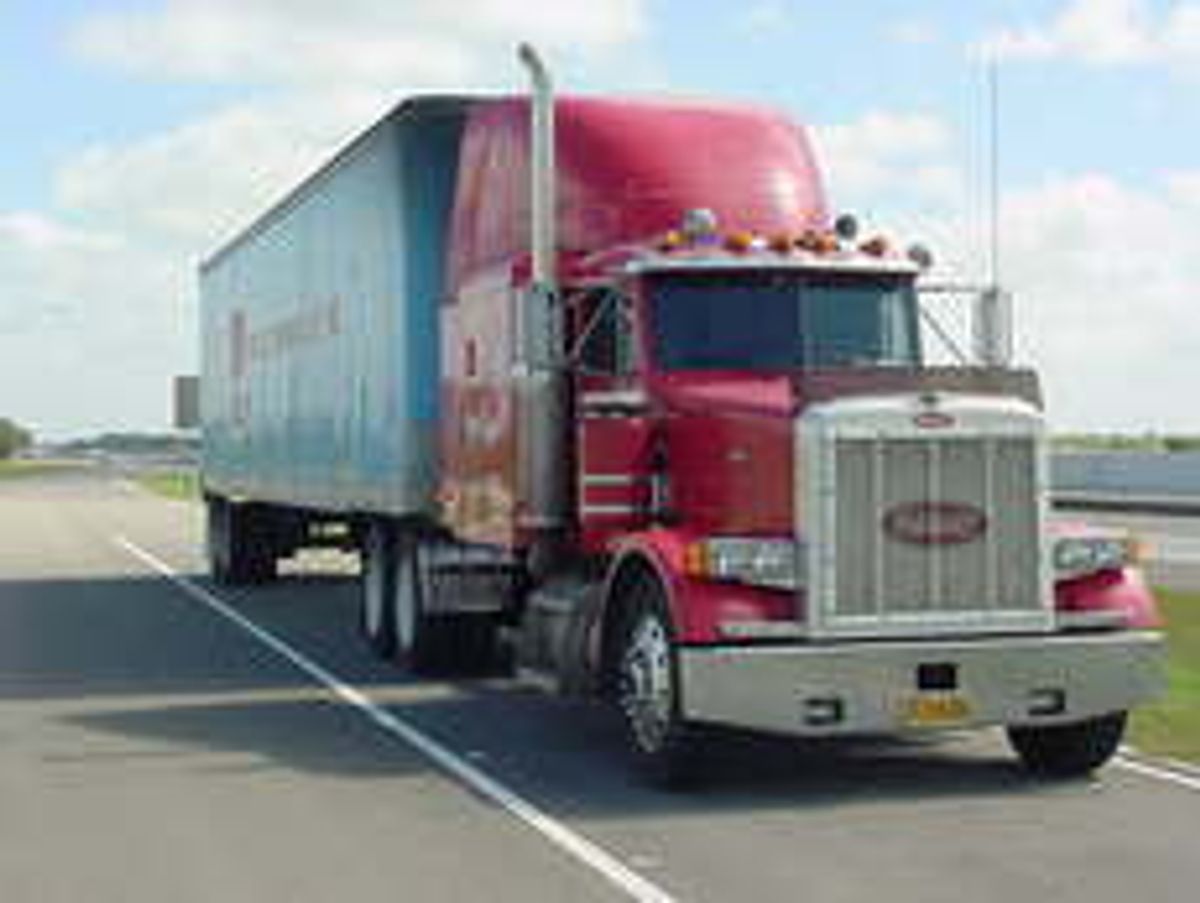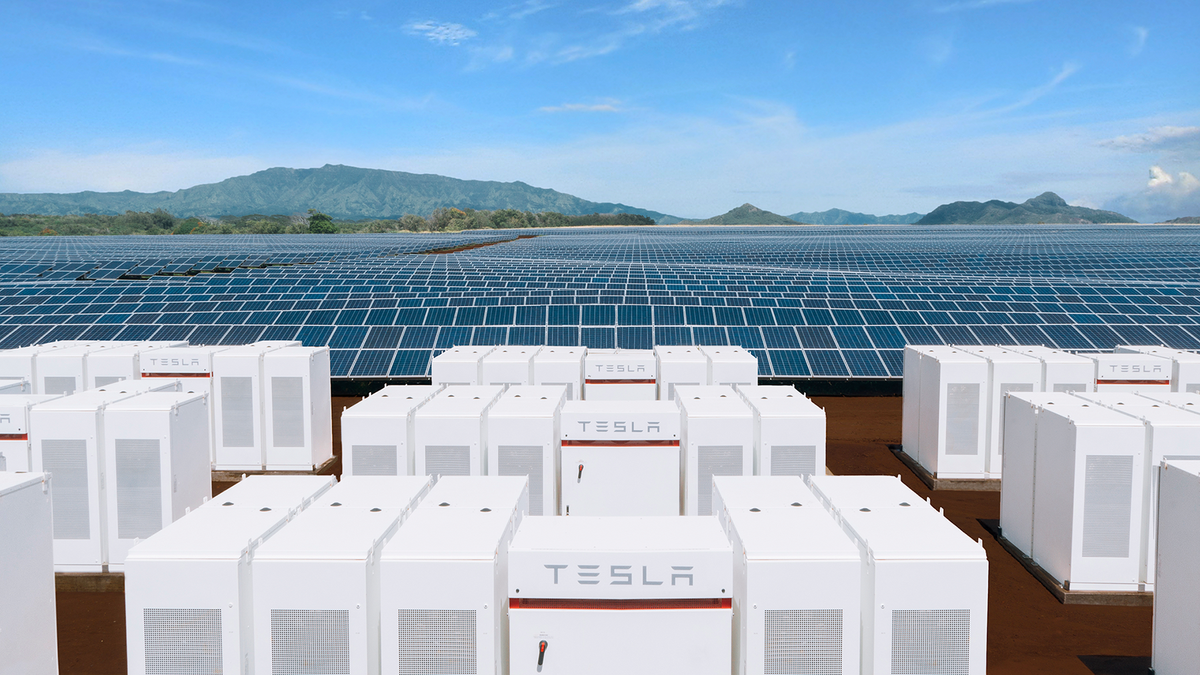The U.S. Department of Transportation and the Environmental Protection Agency announced yesterday fuel-efficiency standards for cars and trucks, having last year sharply tightened CAFE limits for light vehicles. Covering new vehicles made between 2014 and 2018, DOT and EPA says the heavy-vehicle measures will "reduce greenhouse gas emissions by nearly 250 million metric tons and save 500 million barrels of oil over the lives of the vehicles produced within the program’s first five years."
According to the New York Times, the standards draw heavily on a National Academy study issued earlier this year, which said that big fuel savings could be achieved by means of current technologies such as low-rolling-resistance tires, improved aerodynamics, better engines, hybrid-electric drive systems, and idling controls. The standards do not seem to owe much, however, to T. Boone Pickens' proposal to switch trucks to natural gas--in his revised "Pickens plan"--or to the long one-on-one conversation he boasted of having with Candidate Obama during the last presidential campaign.
In the new rules, if they take effect largely intact after a public comment period, tractor trailers including 18-wheelers will be required to show improved fuel efficiency of 20 percent, the heavier pickup trucks and vans of 10-15 percent, and specialized vehicles like fire engines and cement mixers of 10 percent. Though heavy vehicles are a relatively small proportion of all vehicles on the road, they account for a relatively large fraction of fuel consumption and emissions in the transportation sector. Enforcement of the new standards thus will go some way toward meeting Obama's 2020 greenhouse gas reduction pledge.



